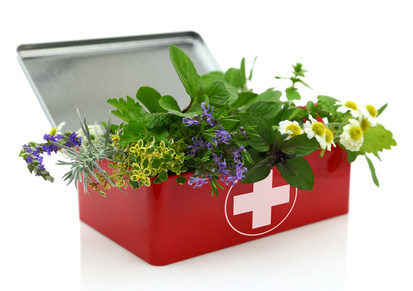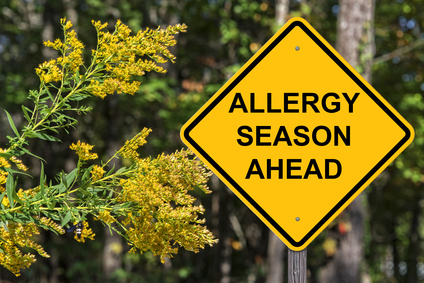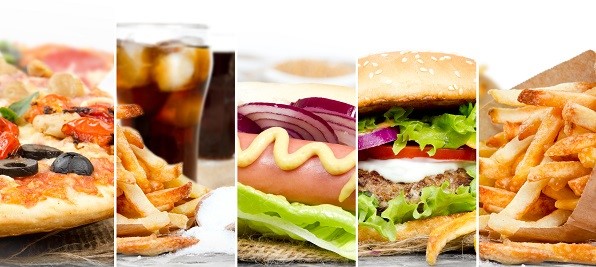By Markham Heid
June 6, 2018
Time Health
Apple co-founder Steve Jobs was, briefly and famously, an ardent fruitarian—meaning he ate a diet composed primarily of fruit, which he believed would cleanse his body of harmful fluids. Just as famously, the actor Ashton Kutcher tried adopting Jobs fruit-centric diet, until he ended up in the hospital with an out-of-whack pancreas.
So is it bad for your health to eat a lot of fruit? Though a famous study from 1980 argued that based on the evolution of human jaws and teeth, our ancient ancestors used to eat a diet dominated by fruit, there’s not a lot of good evidence for or against fruit-heavy diets for modern humans. “There are some people out there who are fruitarians, and from what we can tell they’re perfectly healthy,” says Dr. Robert Lustig, a neuroendocrinologist and professor emeritus of pediatrics at the University of California, San Francisco. (However, full-blown fruitarianism is so restrictive that it has been linked to nutritional deficiencies in some people, and may be unsafe for children and those with certain medical conditions, like diabetes.)
But for healthy adults, experts say that eating lots and lots of fruit is unlikely to get you into trouble, as long as it’s part of a normal diet.
The main concern with overeating fruit is its natural sugar. While fruit is certainly high in the sweet stuff, research has consistently linked whole fruit consumption to a reduced risk for obesity and other metabolic diseases, says Lustig, who is the author of Fat Chance, a book that examines the health risks associated with eating too much processed sugar. Whole fruit also has a few built-it advantages that seem to mitigate any sugar-driven health risks.
For one thing, whole fruit has both soluble and insoluble fiber. Together, these two fibers form a gel-like “latticework” on the inside of the duodenum in the small intestine, he says. That latticework prevents a significant portion of the fruit’s sugar from being absorbed early on during the digestive process. “Like stopping a tsunami wave by building an underwater wall, this gel barrier limits the rate of sugar absorption so that the liver is not overwhelmed,” Lustig explains.
Instead, the sugar and other components of fruit quickly move farther down the small intestine to the jejunum and ileum. While the early part of the digestive tract is largely free of bacteria, these later structures are home to trillions of gut microorganisms. “They ingest and metabolize more of the sugar, so again, even though you consumed it, you don’t absorb it,” he says.
Along with helping to control the absorption of fruit sugars, the combination of soluble and insoluble fiber in whole fruit also “greases the wheels” of digestion, Lustig says. Your gut signals to your brain that you’re full once the stuff you’ve eaten reaches your ileum. And because fruit fiber helps food molecules reach your ileum sooner, you tend to feel full more quickly after eating fruit than if you’d eaten foods lacking fiber. As a result, “fruit consumption is self-limiting, so the chances you will overeat fruit are relatively low,” he says.
Heavy fruit consumption may come with some downsides. “An excess of whole fruit can give you diarrhea,” says Dr. Adam Drewnowski, director of the Center for Public Health Nutrition at the University of Washington. The expense of whole fruit is also not inconsiderable. “People who want affordable fresh fruit are pretty much limited to bananas, oranges, apples, bananas, melon, pineapple,” he adds. Eating lots of berries would cost you a lot more, especially if you prefer organic.
One critical thing to keep in mind: Drinking fruit juice or fruit-based smoothies is not the same as eating whole fruits, and both of those beverages may pose a number of health risks. Some recent evidence, including one 2013 study from Harvard School of Public Health, has linked fruit juice to an increased risk for diabetes. While the evidence tying juiced and blended fruit to health problems is somewhat mixed, Lustig says both of these processes either remove or destroy the stringy bits of insoluble fiber that help limit the rapid absorption of sugar in the small intestine. “A smoothie is probably better than fruit juice or a soda, but you’ll still get a peak of insulin, which contributes to metabolic pathology,” he says.
Some fruits may be better to indulge in than others. Berries, though pricey, have been linked to both improved heart and brain health. And while some online sources give pineapple, bananas, and other so-called “tropical” fruits a bad rap—mostly because they’re higher in sugar than many domestic fruits—Lustig says they also tend to have proportionally high amounts of fiber, and so aren’t inherently dangerous.
There’s only one fruit he says may be worth watching out for: grapes. “Grapes are outliers in terms of their sugar-to-fiber ratio,” he says. “They’re basically little bags of sugar.” While he doesn’t recommend avoiding grapes entirely, they’re not the best fruit to overeat.
If you love whole fruit, there’s little evidence that indulging in it—even a whole lot of it—is bad for your health.




 Blood Type O generally does well on a diet of meat and other high protein foods. They can eat most types of animal protein, but, like all blood types, they must prepare these protein-rich foods properly to be able to derive positive benefits from them. Overcooking protein denatures it and taxes the digestive system. Meat should be organic and eaten rare or slow cooked to obtain maximum benefits.
Blood Type O generally does well on a diet of meat and other high protein foods. They can eat most types of animal protein, but, like all blood types, they must prepare these protein-rich foods properly to be able to derive positive benefits from them. Overcooking protein denatures it and taxes the digestive system. Meat should be organic and eaten rare or slow cooked to obtain maximum benefits. Being the more agrarian type, Blood Type A doesn’t do well with large quantities of animal protein. Beef, lamb and other red meats are Avoids for them, however, Kimberly Balas has learned that if these animals are 100% grass-fed they do not produce the reactions that grain-fed meet does. I am a Blood Type A and for years I avoided red meat, but when I started to be able to purchase grass-fed meat I found I could tolerate it quite well. I still don’t do well with large quantities of red meat, however.
Being the more agrarian type, Blood Type A doesn’t do well with large quantities of animal protein. Beef, lamb and other red meats are Avoids for them, however, Kimberly Balas has learned that if these animals are 100% grass-fed they do not produce the reactions that grain-fed meet does. I am a Blood Type A and for years I avoided red meat, but when I started to be able to purchase grass-fed meat I found I could tolerate it quite well. I still don’t do well with large quantities of red meat, however. More balanced than the other types, Blood Type B people will find that wild game provides their best protein. Chicken is a major Avoid for this blood type. Eggs do not possess the lectin found in chicken, so eggs are a Neutral for this blood type.
More balanced than the other types, Blood Type B people will find that wild game provides their best protein. Chicken is a major Avoid for this blood type. Eggs do not possess the lectin found in chicken, so eggs are a Neutral for this blood type.